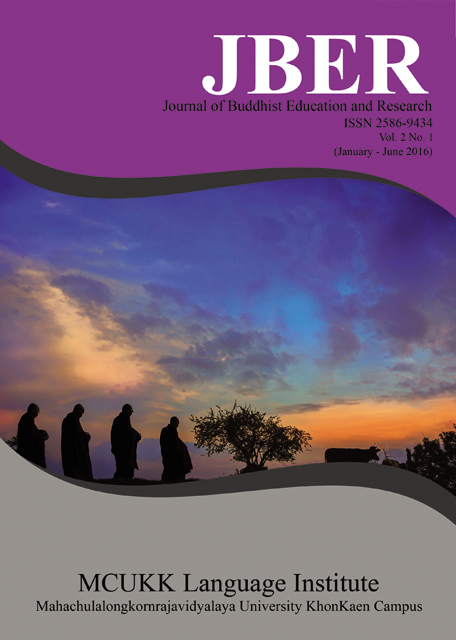Factors That Influence The Effectiveness of Collaboration Network in Basic Education Institutes
Keywords:
Influencing the Effectiveness Factors, Collaboration Network, Basic education institutesAbstract
This research purposes were 1) to create and develop the basic hypothesis of the linear structure model of factors that influence the effectiveness of the collaboration network in basic education institutes, and 2) to confirm the consistency between the hypothesismodel and empirical data. The model was developed by using the methodology described as following; document analysis and related research, interviews with experts in education, and study the educational outstanding which were to confirm the hypothesisbasic model. The instrument wasused a semi-structured interview, consistency confirmation between the hypothesis and empirical data.The samples were school administrators, teachers, and the Basic Education Committee consisted of 1,920 people whom came from 640 schools. The schools were used as a unit to analyze the data. The instrument used in this research was a 5-rating scale questionnaire which created by researcher. The basic statistics were analyzed by using SPSS for Windows 17.0, and LISREL8.72 was used confirmatory factor analysis, and to confirm the consistency between the theory and empirical data.
The research results were found that:
(1) The relationship of linear structure model of factors that was influence the effectiveness of the collaboration network in basic education instituteswhich created and developed by the researcher included variables which classified into 1 exogenous variable as Transformational Leadership, and 3endogenous variables, Strategy planning, Communications, and effectiveness of the collaboration network.
(2) The relationship model of linear structure factors was influencedthe effectiveness of the collaboration network in basic education institutes fitted the empirical data. Also, the effectiveness of the collaboration network was influenced by the transformational leadership factor was 0.55, Strategy planning factor was 0.14, and communication factor was 0.08 with the indirect influence by passing the transformational leadership factors was 0.24, the Strategy planning was 0.07, and the total influence was 0.79 coefficient prediction (R2) of 0.63. That is, the proportion of its variable effectiveness of the collaboration network as described by transformational leadership factors, Strategy planning factor, and communication were 63 percent.





